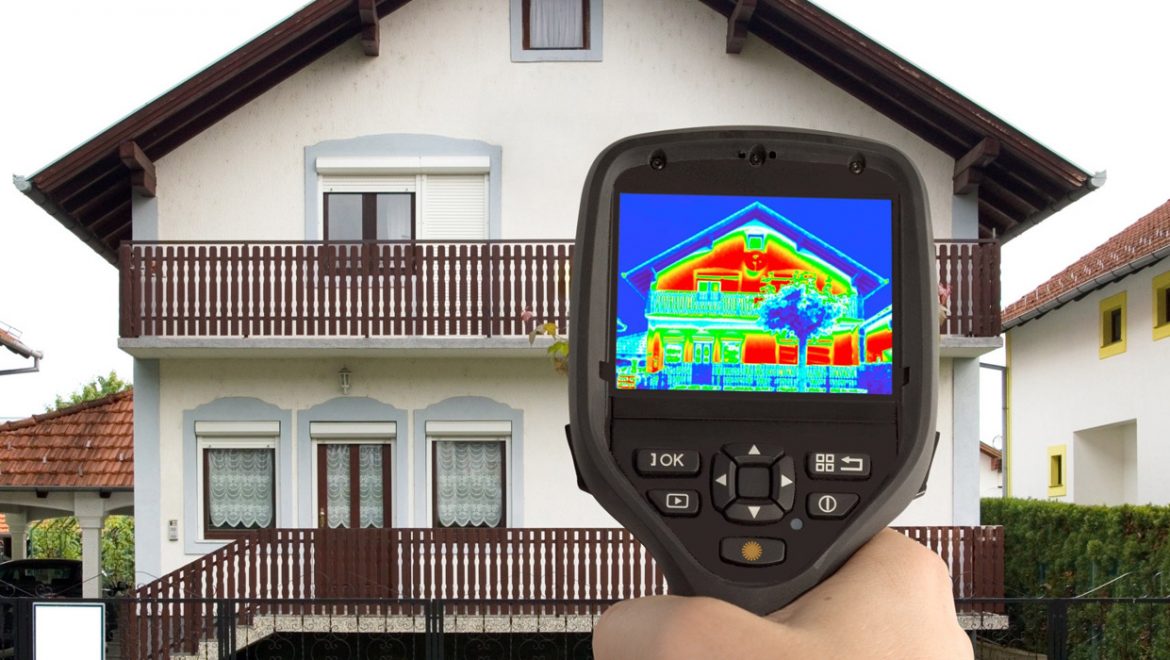FACTS AND MYTHS ABOUT POLYURETHANE FOAM INSULATIONS.
HOUSE INSULATION – GUIDANCE
Facts and myths about polyurethane foam insulations.
Why Mr. John Smith from DIY Shop Will Advice Against Polyurethane Foam Insulation?
In building insulation technology polyurethane foam is unmatched. However in Poland there is still some distrust of this new insulation method. Customers are afraid of it, as they would be of any other thing they’d consider unknown and not properly tested. There’s nothing wrong with this attitude, people by principle are afraid of something they don’t know. However, this septic attitude is additionally escalated by construction teams and professionals from DIY stores, who persuade customers to choose mineral wool or other older generation insulation materials. Why would they advise you so? Because of their aim at helping their customers to profit from the choice? NO. They just want to sell their product and charge additionally you for application service. And on the other side of the conflict, you can find such greedy spray crews, that would offer and perform polyurethane foam spray, even when it’s not recommended. It all ads up and slows down foam insulation business in Poland.
Sanberg services of polyurethane foam spray are provided only after the accurate interview with potential customer, followed by inspection of the spray area. We invite you to read our articles. We hope they’ll bring you closer to the new thermal insulation technology and allow you to make the right choice of insulation method.
Myth #1: Polyurethane foam is more expensive than mineral wool.
It can be both, the truth and the myth, depending on the perspective. If we look at the insulation as a the long-term solution, the conclusion is different than when only the short-time perspective is considered. In terms of costs, mineral wool’s sole advantage is the price of the purchase. But when the wool is already installed in your house, it will only generate losses from that moment on, as the insulation parameters get weaker every day.
If you decide for polyurethane foam instead, the savings will appear immediately, and will be generated not only in winter, but also during the summer. The insulation properties of foam are 100% better than those of mineral wool. In addition, foam does not loose its properties with time, and you receive 25 years manufacturer’s guaranty for the foam itself.
Myth #2: Foam will push the roof elements out, or will damage them.
This is a complete nonsense. Polyurethane foam expands only in the space where it is applied and enters only the spots where there is no resistance.
Myth #3: Mineral wool isolates heat better.
Polyurethane foam is twice as warm than mineral wool, when the thermal conductivity is compared. Thermal conductivity for polyurethane foam is 0,020 -0,025, and for mineral wool it is 0,035-0,050. The lower the thermal conductivity, the better insulation efficiency. This small investment in your house may pay off more quickly than you imagine. Foam reduces risk of fire and roof damage caused by high winds.”
Myth #4: Polyurethane foam is a market novelty.
Polyurethane foam has been known as insulation material for years – both in Poland and abroad. It wasn’t so popular, though, because the offer of foam spray reactors was limited and costly. Until recently, the price foam spray reactor was equal to the price of a good car. Sanberg company entered the market with our mid-range reactors and decent prices. The cost of our machines is 50% lower than the cost of comparable devices from other suppliers. The polyurethane foam spray technology comes from the USA and Canada, where it was used in the early 1980s. Severe weather conditions forced the application of more effective technological solutions for thermal insulation of buildings. In America, a large part of buildings has framing construction, usually wooden. Thin walls are well suited for isnulation with polyurethane, which applied in a 20cm thick layer protects effectively against severe frost.
Myth #5: You can live in the premises after polyurethane foam application.
Each type of polyurethane foam has its own fragrance, which can be smelled after spraying. It evaporates within 2-7 days, depending on the thickness of the layer that has been applied. Immediately after spray, bubbles are formed in the foam. They are filled with gas that is created during the POLY and ISO binding. The gas is replaced by clean air within few days. You can move into the sprayed preemies only after this period.
Myth #6: Each type of polyurethane foam is applicable for your house insulation.
Depending on what is being insulated, the applicable type of polyurethane foam must be used. You must consider the density of foam per cubic meter. Foams with density of 7-12kg/m3 are used for thermal and acoustic insulations of attics, ceilings and partitions. Foams with a density of 30-37kg/m3 are used for thermal insulation of farms, floors of farm buildings, etc. Foams with density of 37-44 kg / m3 are used for thermal insulation of refrigerated buildings where products are stored at reduced temperatures. Foam with density of 45-56kg/m3 is used to insulate the roofs that can be walked on. The density of foam from 57-70 is used to insulate roofs, where pedestrian traffic is intense.
Myth #7: Insects, mice and marten will inhabit the foam.
I have never heard of insects inhabiting the polyurethane foam. Insects cannot hatch in the foam, because it is to hard to penetrate and give shelter. Rodents will not eat the polyurethane away, as it’s distasteful for them. Mouse can dig a hole near the foam but not inside it. Polyurethane foam insulation spray is not simple. Trust the advisers of Sanberg Poland.
Myth #8: Foam is flammable
Polyurethane foam is one the best insulation materials considering flammability. There are several confirmed cases in Poland that the attic secured with polyurethane foam kept the fire inside and prevented it from getting to the wooden structure before the arrival of the fire brigade. Of course, polyurethane foam will not resent the fire for a long time, but it is often long enough to call for the fire brigade and save your property.
You can watch the foam flammability tests on YouTube or read the test results on manufacturers’ websites. It is recommended to spray polyurethane foam of fire class E because of its self-extinguishing properties. Class E tells us that the foam is classified as combustible. The foam does not smolder, drip or melt in contact with fire. Comparing polyurethane and mineral wool, polyurethane foam is the better option considering flammability.
Myth #9: Polyurethane foam has no flaws.
It’s a myth. Polyurethane foam has one flaw, important for many investors – cost of application service. Prices start form 48PLN/m2. Is it then worthwhile to invest in new technology? Of course it is. Assuming that the foam will bring us savings of 30-50% per year compared to other insulation methods, the investment will pay off after 18 months only.






